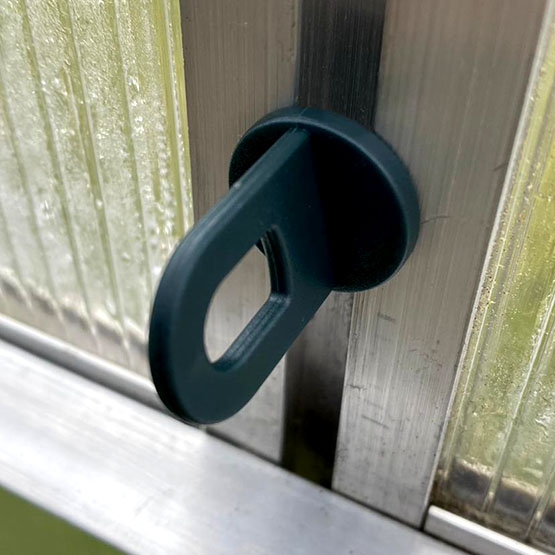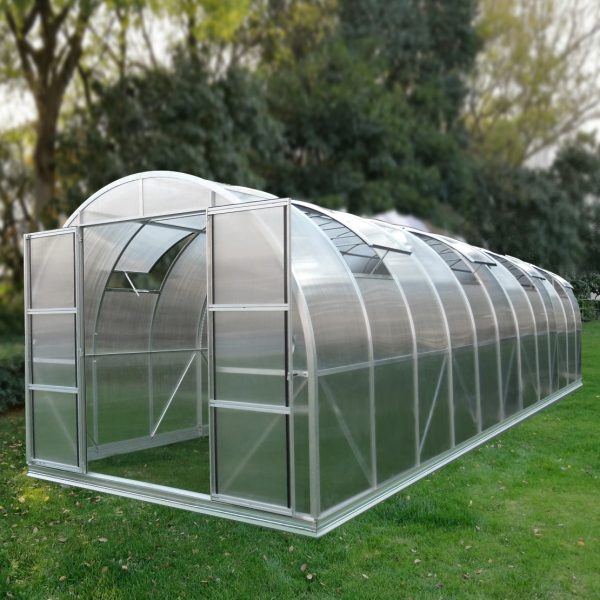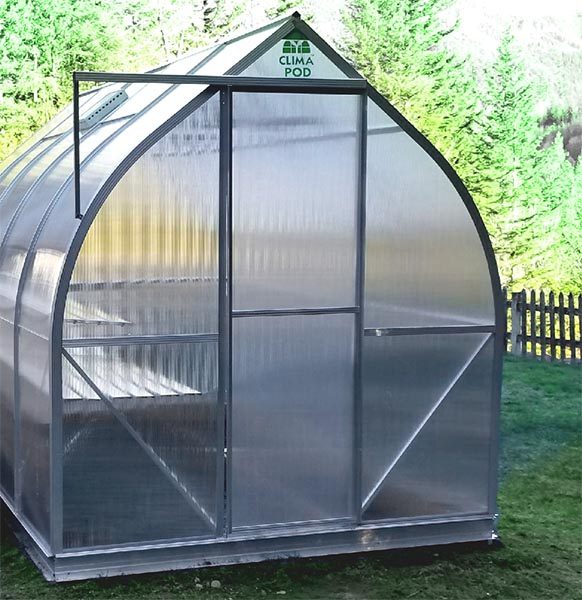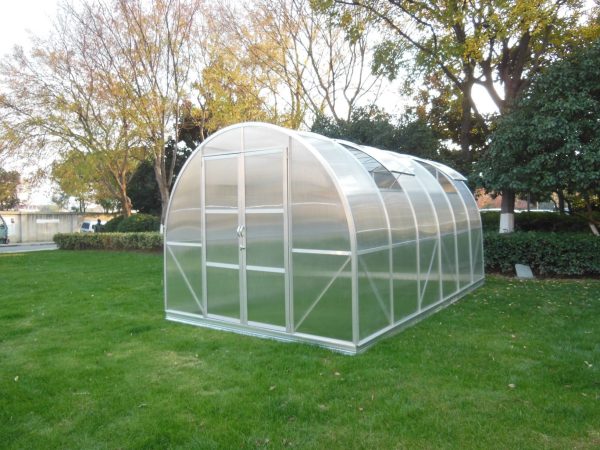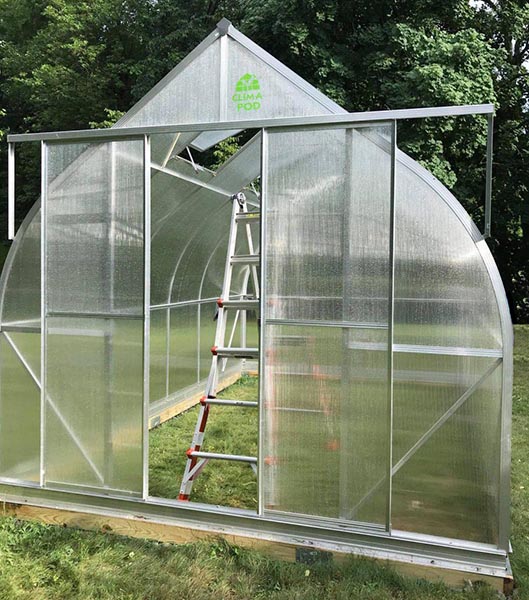A polycarbonate greenhouse creates a favorable microclimate for the growth and development of plants. However, it should be comfortable not only for agricultural crops, but also for people, because from spring to autumn this is where the gardener works, where he spends a lot of time. It’s not difficult to make a greenhouse comfortable and work-friendly; you just need to follow a few simple rules.
CONTENTS
Make a spacious passage between the beds
Raise beds
Cover the paths with suitable material
Zoning the greenhouse
Prepare water for irrigation
Install automatic vents
Use the storage system
Important little things
A greenhouse is not just a place for plants, but a workshop for your harvests! How to make it comfortable for work
Make a spacious passage between the beds
The number and width of the paths depends on the size of the greenhouse. Do not strive to plant as much space as possible with plants – this is inconvenient both for crops that do not have enough air and light, and for the gardener. If there are narrow passages between the beds, then it will be difficult for the gardener to care for plantings located in “difficult” places – near walls or in corners. Paths should be wide and spacious. Minimum width is 18 inches. If the size of the greenhouse allows, then it is better to make 2 passes in it.
✎ Please note! Plants do better when the beds are narrow. This ensures good ventilation and reduces the likelihood of illness.

Raise beds
To prevent the soil from floating onto the path during watering, the soil is fixed using wooden or metal boards. The tree suffers from fungus, mold and quickly collapses.
The height of bulk greenhouse beds is 4 – 12 inches. Raising them to 24 inches makes it easier to loosen the soil and add soil without spilling soil into the walkways. The higher the ridge, the less likely it is that the root system of plants will be washed away by groundwater.
✎ Please note! Do not raise the beds too high. The soil dries out quickly and freezes strongly in winter.
Cover the paths with suitable material
To avoid walking through mud, fill the passages with crushed stone, gravel, pebbles or mulch with straw. The material that will lie between the beds must be durable, resistant to fungi and mold, and not afraid of moisture.
✎ Please note! The coating should not slip from moisture that may get onto the path during watering.
Zoning the greenhouse
If two crops are planted in a greenhouse, it is better to divide the space using a partition. Isolating plants from each other will help maintain the desired temperature and humidity levels.
Prepare water for irrigation
A hose is pulled into the greenhouse and a barrel is installed in which the water is well settled and heated. Gardeners who cannot monitor their plantings on a daily basis will benefit from drip irrigation systems with an automatic timer that sets the time and frequency of watering.
Install automatic vents
Thermostatic Fans make it easier to ventilate the greenhouse. The automatic opener reacts to an increase/decrease in temperature and opens or closes the window.
Use the storage system
To avoid creating clutter and to have everything you need at hand, you should install shelves or shelving in your greenhouse. There is no way to store large-sized equipment here, but you can place all sorts of little things like seedling boxes, small tools (shovels, pruners), watering cans and bags of fertilizer. You can make the shelves hanging to save space or order two-tier aluminum shelves. If they install a rack, then choose a narrow and tall model.

Important little things
At the time of purchasing a greenhouse, additional accessories seem like useless little things, but many of them help the gardener in his work:
- Plant staking. Needed for tall crops. Growing bushes do not always withstand the weight of the fruit. The garter not only protects the stems from damage. This frees up space, improves air circulation between plantings, and reduces the risk of disease.
-
Hanging Clips.The multipurpose plant hangers can be used to install a shade kit or string up your vegetables in your Greenhouses. They
can also be used to hang small flower baskets or pots. -
Supports for plants. It is better to tie tomatoes, peppers and eggplants to vertical supports.
- Thermometer. Regularly checking the readings will help create suitable conditions for planting and prevent many problems.
- Covering material. They are stretched under the roof of the greenhouse to protect the plants from condensation.
- Gloves. Protects against scratches and skin irritation.
By making the greenhouse convenient and comfortable, you will not only improve your working conditions, but also increase the efficiency of your garden. Don’t be afraid to experiment and bring your own ideas and solutions to the greenhouse!


